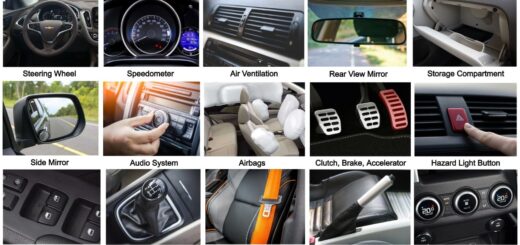12 Types of Car Lights & Their Important Points – [with Pictures & Names]
![12 Types of Car Lights & Their Important Points - [with Pictures & Names]](https://engineeringlearn.com/wp-content/uploads/2022/06/Car-Lights-1024x539.jpg)
Introduction
Types of Car Lights & Their Important Points – [with Pictures & Names] :- There are many options available these days when it comes to headlights, to such an extent that drivers customarily pick headlights in view of the additional stylish to their vehicles. Apart from looking great, there isn’t exactly a reasonable argument regarding the reason why you ought to pick one type over the other.
Types of Car Lights
Below mentioned are different types of car light :-
1. Head Lights: ( Types of Car Lights )
Headlights are expected to enlighten the expressways adequately to allow safe night driving. These are normally furnished with two beams, one gives maximum light for late evening driving and the other give diversion to the ground, and the roadside a third beam is involved which is of low intensity for city driving.
High beams can be oblivious regard to an approaching vehicle, so they ought to only utilize when there is no car coming in front of you. Various bulbs are typically liable for low-beam and high-beam, so assuming one goes out the other can work.
Types of Headlights
Following are the 3 types of car headlights:
A) LED Headlights

These lights are a highly energy-efficient type of headlight and have begun to create a strong presence in modern-day headlights.
- Produces a bright white light
- Offered with numerous cutting edge models as standard or accessible options.
- Gives greater perceivability or visibility for the driver yet can be more blinding to other drivers
- More expensive to replace.
B) HID Headlights

These HID lights are unique because they don’t have the filament as most light bulbs give.
There are many benefits to the Xenon HID headlight:
- Xenon light is 100 times brighter than halogen
- Xenon can last a bit longer than halogen
- Xenon delivers a cleaner crisper light than a halogen bulb
- Xenon light is more white, pale blue light while halogen is more yellowish
- Xenon headlights produce all the more light/less intensity
Around evening time, the Xenon HID headlight extends a light emission that projects farther ahead, while better enlightening the roadsides. Keep in mind, that the better you see the additional time you need to respond.
One of the biggest disadvantages to HID lights is the cost, yet the cost is coming down, they may before long be overshadowed by generally accessible, more affordable LED units.
C) Halogen Headlights
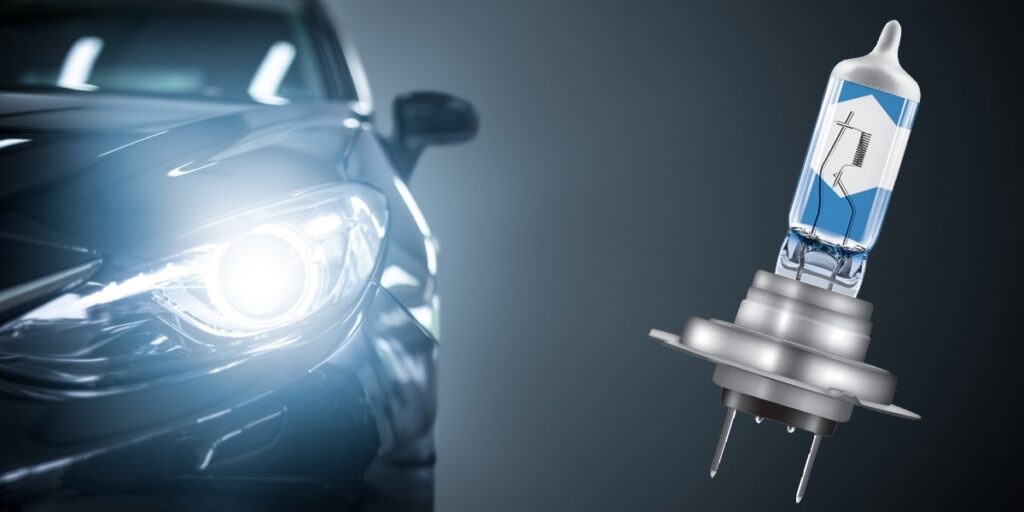
Halogen lights are the popular type of light on our roads today. They utilize a blend of gases usually nitrogen and argon, and tungsten fiber in a glass tube.
Halogen Headlights in the car are a kind of modification of conventional incandescent lamps. They were the first that were used. Within it, there is a tungsten winding that warms to a very high temperature.
Some Important points to consider related to Halogen Headlights
- A wide range of models and capacities.
- Top-notch even in awful climate or on wet black-top.
- Low price.
- Rather low level of energy consumption.
- Short operational life.
- Heats up to high temperatures.
- Sensitivity to vibration.
- The glowing flux is less intense and great than in different kinds of lights.
2. Driving Lamps: ( Types of Car Lights )
These are put inside the vehicle and are utilized for the traveler or driver to enlighten the taxi with the goal that they can securely see maps or bearings or find objects in the dark. They ought to never be utilized for a long time.
Some Important points to consider related to Driving Lamps
- Driving lamps are environment friendly as it generates lower heat.
- Moreover it can be recycled.
- Driving lamps do not use any hazardous materials, they do not generate any hazardous waste.
- Driving lamps can be designed into different shapes and sizes.
- Driving lamps produce almost no heat and hence one can save on air conditioners.
- It is more costly compared with radiant lights during the initial purchase.
- It shifts color because of aging and temperature variation
- It causes backward heat dissipation towards the emitter.
3. Parking Lights: ( Types of Car Lights )
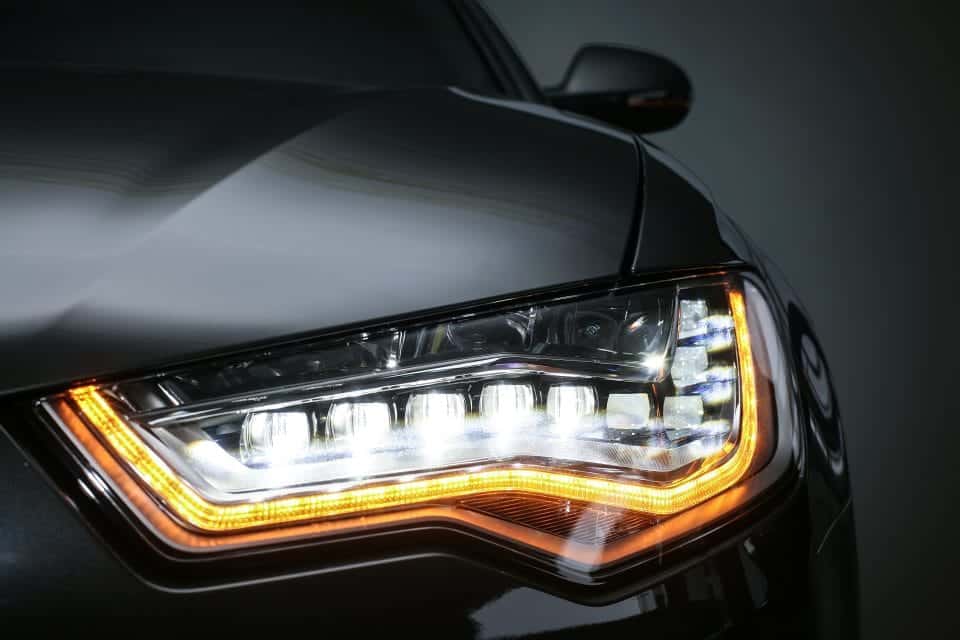
Low-power parking lights are normally provided toward the front of the car, either as independent units or as a part of the headlights, and are utilized while the car is parking.
For parking the vehicle in the dark, the parking lights are kept on to provide a signal for other moving objects and in this manner stay away from any kind of mishap.
Some Important points to consider related to Parking Lights
- you will utilize your parking lights along your low beam headlights to make your vehicle more apparent from the sides.
- Parking lights operate on a low wattage and are designed to be able to withstand being left on for long periods without draining your vehicle’s battery
- It’s illegal to drive with stopping lights on.
- Parking lights provide insufficient light to drive safely at night.
- You may be stopped and fined for driving without your dipped or main headlights on in the dark.
4. Direction-Signal Lights: ( Types of Car Lights )

Direction-signal lights are utilized to indicate the direction in which the vehicle is to turn. These lights give signals to the vehicle coming from the front or back. Furthermore, a few special signal lights are likewise utilized.
5. Backup Lights: ( Types of Car Lights )
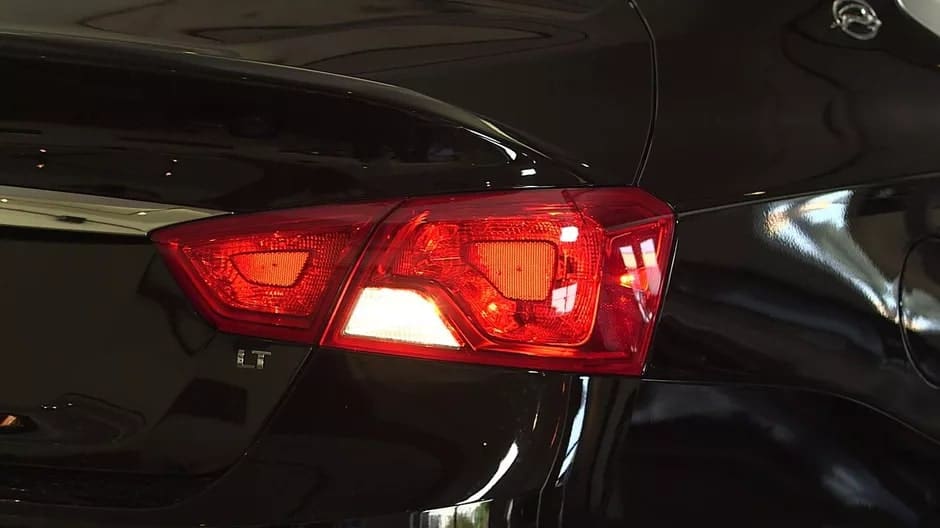
Backup lights are utilized when the driver shifts into reverse. This closes a switch connected to the selector lever which connects the backup lights to the battery.
Some Important points to consider related to Backup Lights
- Reverse lights serve the more essential needs for drivers too. Reversing the vehicle implies that you want more than adequate light at the back for understanding the amount you ought to return and the right plot for doing likewise.
- In areas that are already dark, this reverse or backup light offers sufficient light for understanding how much and where you should reverse.
- Contemporary vehicles accompany reversing cameras while backup lights offer one more significant benefit by enlightening the environmental elements similarly as you want it.
6. Tail Lights: ( Types of Car Lights )
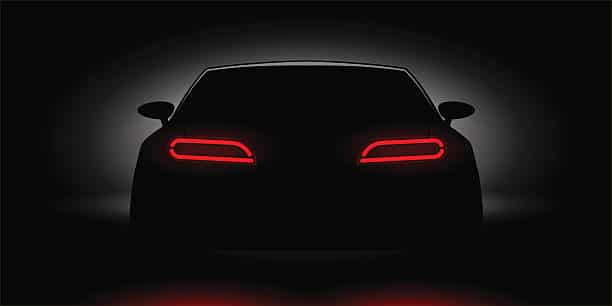
The taillights enlighten the back of the car at the night so that different vehicles coming from behind it can see it. Taillights are kept on constantly when the vehicle is running at night.
7. Blinker Lights: ( Types of Car Lights )

Blinker lights give a method for signaling when the car is slowed down on the highway or has pulled out of the way. The blinking is substantially more noticeable than consistent light and gives a warning to moving vehicles.
Some Important points to consider related to Blinker Lights and Tail lights
- Blinker lights and tail lights provide higher visibility to cars at night, ensuring better safety in driving.
- Built with a few light frameworks rather than the single bulbs in customary tail lighting installations.
- Blinker lights and tail lights usually emit an array of tiny, sometimes colorful glittering lights, making vehicles easier to spot in the dark by drivers of other cars following behind.
8. Brake Lights: ( Types of Car Lights )

Stoplights or brake lights are additionally at the back of the car and become on when brakes are applied. Absolutely, the brake lights enlighten while stopping, yet it is essential to utilize and keep up with them properly. Many individuals don’t realize that the brake light is out until they pull.
Some Important points to consider related to Brake lights
- Brake lights are there to caution different drivers that you’re slowing down.
- Assuming they fail, following vehicles can charge up to your rear bumper, frightening everybody in both vehicles or,worse really backside you.
- When you are dealing with automotive products, make sure that you choose a seller who offers you street-legal lighting kits
- There are many online car lighting stores who sell affordable brake lights of varying sizes and shapes.
9. Fog Lights: ( Types of Car Lights )
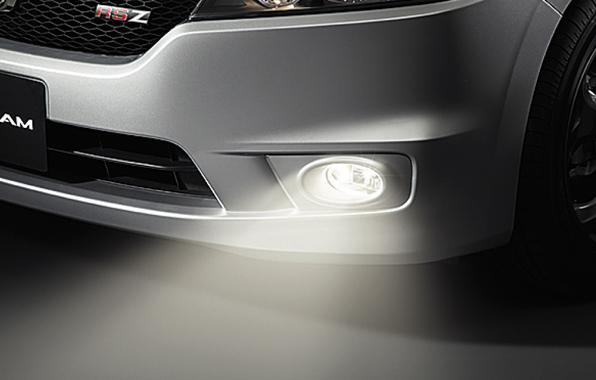
The fog light is one of the different lights on a vehicle. Many individuals can’t help thinking about what lights should be utilized while driving in the fog. Contingent upon the thickness, low or high beams may perform each task better than the other. They are usually yellow or golden to draw notice to the vehicle. In dense fog, high beams can bounce moisture back out of sight and make it harder to see.
Some Important points to consider related to Fog lights
- Fog lights are a valuable additional tool when visibility is poor, however, they won’t make you invincible.
- On the off chance that you can’t see long way ahead, slow down, and keep a decent distance to the vehicle in front of you.
- In the event that there’s fog, the streets are probably going to be slippery, as well, so give yourself more space to brake and slow down.
- If fog has cleared, you should turn off your fog lights since you risk dazzling other street users.
- Assuming you’ve begun your day with your fog lights on, ensure you keep on assessing what is happening and turn them off when the weather conditions are clear.
10. Daytime-Driving Lights: ( Types of Car Lights )

Most cars have daytime driving lights that run when the vehicle turns on naturally to give extra perceivability to different vehicles. For the most part, to turn them on, there is a choice to switch them off.
Some important points to consider related to daytime driving lights
- Daytime running lights are a pleasant added safety feature.
- Daytime running lights are not intended to replace primary beam headlights, since they don’t create sufficient light to enlighten the street
- The primary motivation behind daytime running lights is to make it simpler so that different drivers might be able to see you in conditions where you needn’t bother with your headlights.
- Regardless of whether you have daytime running lights, you ought to constantly turn your headlights on when it’s dark outside.
11. Interior Lights: ( Types of Car Lights )
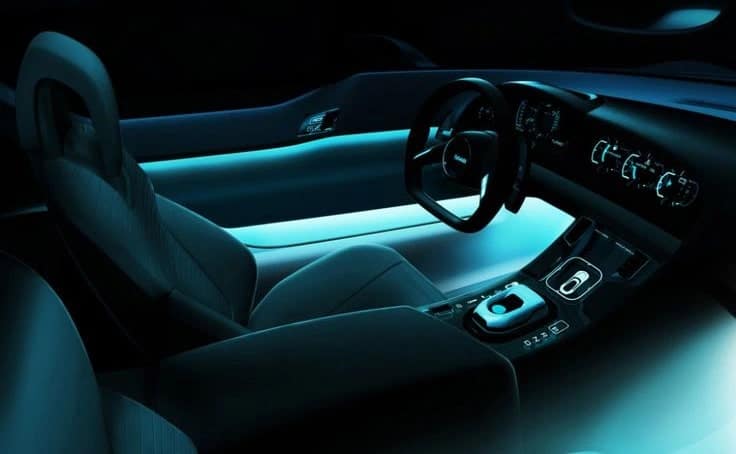
Inside lights incorporate instrument panel lights, different warning indicator lights, and compartment lights. Keyhole lights, map lights, radio dial lights, and clock lights are additionally given in certain cars.
12. Hazard or Warning Lights: ( Types of Car Lights )
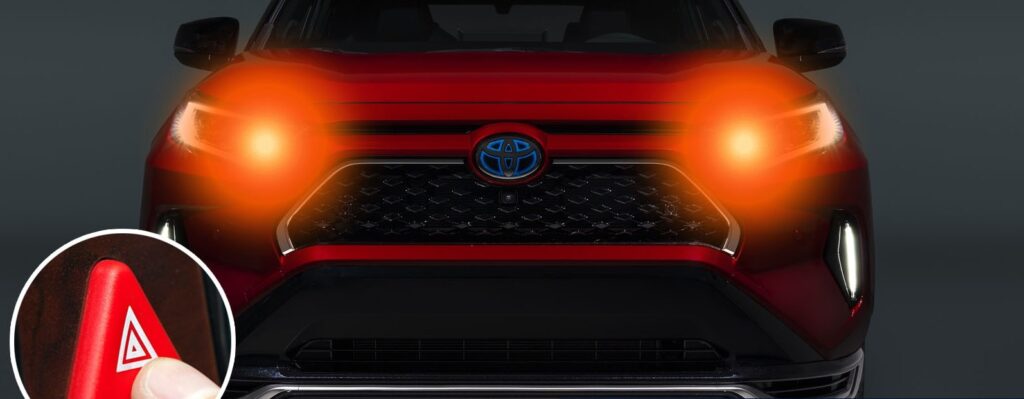
The hazard lights are located toward the front and back of the vehicle. They are otherwise called flashers. Various nations use hazard warning lights in a wide range of ways.
At the point when they are ON, they acknowledge a glimmering sign to caution different drivers that they are encountering an issue or an immediate danger. They ought to just be utilized as advance notice of a disaster or traffic issue.
Some important points to consider related to Hazard Lights
- They are to warn others road users that you are a temporary hazard. For instance, in the event that you have broken down and about, or you are replacing a tire.
- Assuming you are being towed and you are using your danger lights, you should utilize hand signals to indicate direction on the grounds that the hazard lights abrogate the indicators.
- They ought not to be utilized assuming you are driving in driving. You shouldn’t utilize them to warn different drivers on the off chance that you parked illegally (you ought not to be stopping unlawfully).
- If your risk hazard warning lights are left on while you are driving, any signaling with your indicators will not be seen.
Conclusion
Your back lights and indicators are vital to street safety and mishap prevention. Ensure they are working accurately and consider introducing LED lights as your tail lights LED lights burn brighter than typical halogen lights, increasing your perceivability, and they utilize less energy which means lower CO2 emissions.
